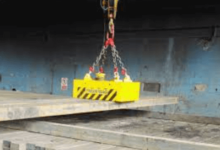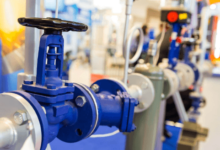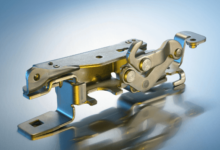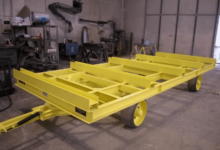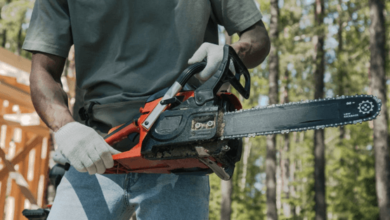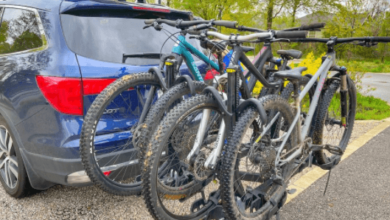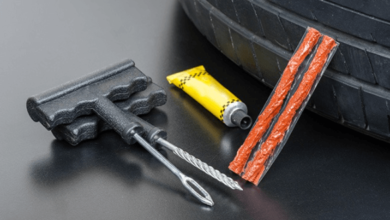The Top 10 Must-Have Safety Gear Items for Every Construction Site
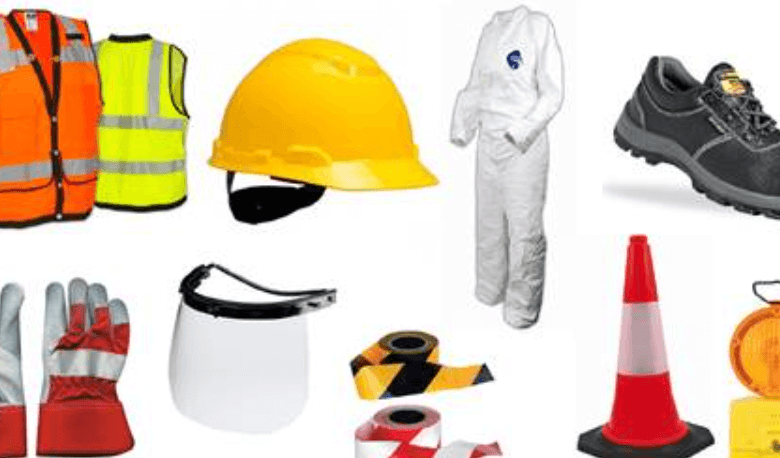
Construction sites are notoriously dangerous places, and workers face many daily risks with heavy machinery, power tools, and hazardous materials. This is why having the proper protective gear is crucial to safeguard workers from harm. You can get these equipments easily from Boom & Bucket’s used equipment inventory.
The right equipment can mean life and death, from hard hats to safety goggles. This article will detail every construction site’s top 10 must-have safety gear items.
Hard Hats
The first item on the list is the hard hat. Hard hats protect workers’ heads from falling debris, low-hanging objects, and other hazards. They should be worn on the construction site at all times, and employers should provide them to all employees. Hard hats come in various types, including full-brim, cap style, and bump caps. Workers should choose the appropriate hard hat based on their job requirements.
Safety Glasses
Eye injuries are common on construction sites, and safety glasses can prevent many of these injuries.
They protect workers’ eyes from flying debris, dust, and other particles that can cause damage. The glasses come in various styles, including clear, tinted, and polarised.
Hearing Protection
Construction sites can be incredibly loud, and workers risk hearing loss if they’re not careful. Hearing protection, such as earplugs or earmuffs, can help prevent this damage.
Employers should provide hearing protection to all labourers and ensure they wear it when necessary. Employees should choose the appropriate hearing protection based on the noise level in their work area.
Safety Gloves
Safety gloves are another must-have item on the list. They protect individuals’ hands from cuts, abrasions, and other injuries. Safety gloves come in various materials, including leather, rubber, and Kevlar. Workers should choose the fitting gloves based on the hazards they face.
Respirators
Construction sites often have hazardous materials like dust, fumes, and chemicals. Respirators protect individuals from breathing in these substances, which can cause lung damage and other health problems. Respirators come in various types, including air-purifying respirators and supplied-air respirators.
Safety Harnesses
People who are working at heights must wear safety harnesses to prevent falls. They are a must-have item on any construction site, and employers should provide them to all workers working at heights. Employees should choose the appropriate harness depending on their job needs and the type of work they’re doing.
Safety Boots
They protect workers’ feet from falling objects, sharp objects, and electrical hazards. Safety boots come in diverse options, including steel-toed boots and insulated boots. Workers should select suitable boots based on their job requirements and the risks they face.
High-Visibility Clothing
Workers on construction sites must wear high-visibility clothing to ensure they’re visible to others. High-visibility clothing is available in different styles, including vests, jackets, and pants. Individuals should choose proper clothing based on their work needs and lighting conditions.
First Aid Kits
Every construction site should have a first aid kit on hand in case of an emergency. First aid kits should contain bandages, gauze, antiseptic, and other essential items. Employers should ensure that all employees know where the first aid kit is located and how to use it.
Fall Protection Systems
Last, fall protection systems, including guardrails, safety nets, and personal fall arrest systems, are also essential for working at heights. Employers should equip the construction site with fall protection systems and properly install and use them.
Wrapping up
Construction sites are inherently dangerous, but the proper protective gear can help prevent injuries and save lives. Employers should provide safety gear items to all workers and ensure they are correctly used. You can create a safer and healthier workplace for everyone involved by prioritising safety on construction sites.

